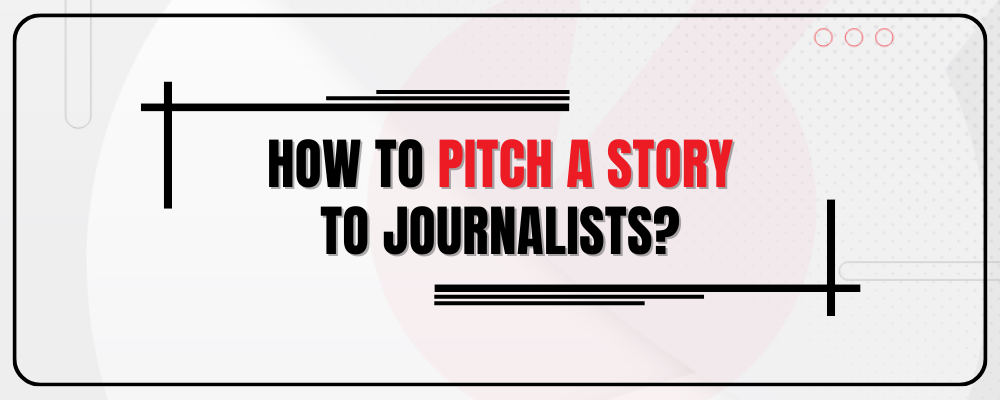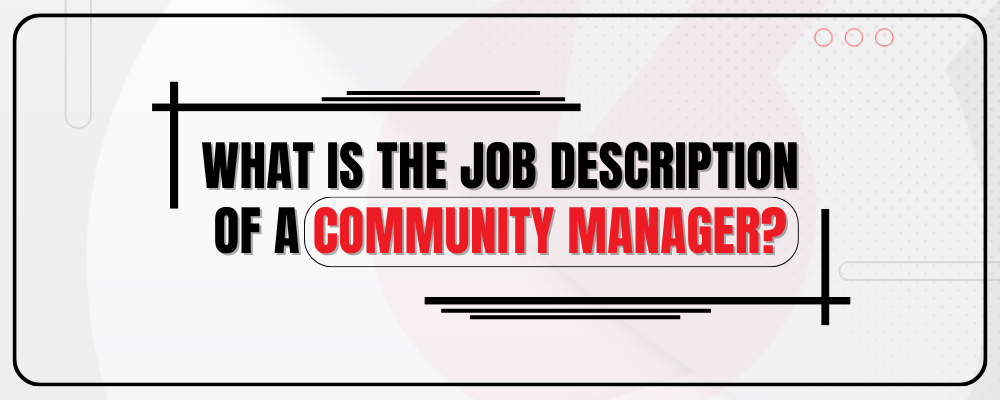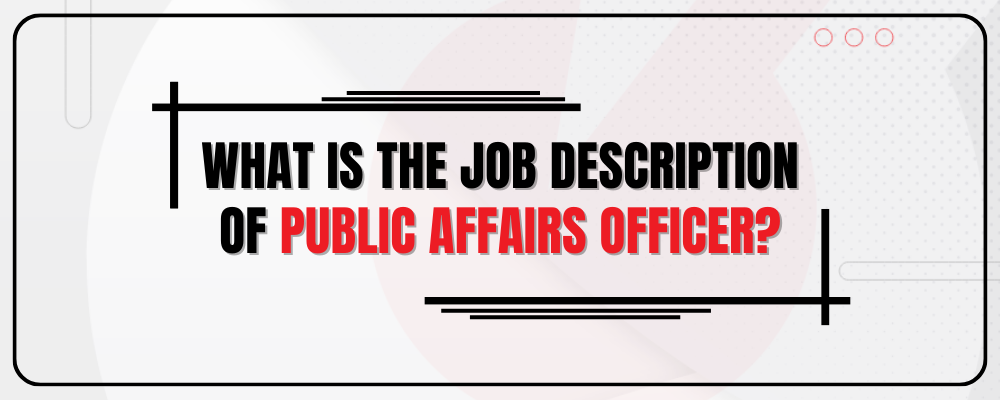Pitching a story to journalists is a critical skill for anyone looking to get their message, product, or cause in the media spotlight.
Whether you’re a PR professional, a business owner, or an individual with a compelling story to tell, mastering the art of pitching can help you secure valuable media coverage.
In this step-by-step guide, we’ll break down the process of pitching a story to journalists with examples, links and useful resources to make the task easier for you.
Step 1: Identify Your Target Audience
Before you even think about reaching out to journalists, you need to identify your target audience.
Who are you trying to reach with your story?
Understanding your audience is crucial because it will shape the way you craft and pitch your story. Consider factors like demographics, interests, and preferences.
Example: If you’re pitching a story about a new fitness app, your target audience might be health-conscious individuals, gym-goers, or people looking to improve their fitness.
Step 2: Research Journalists and Media Outlets
Once you’ve identified your target audience, research the journalists and media outlets that cater to that audience.
This step is essential because it ensures that your story aligns with the interests of the media you’re pitching to.
Example: If your fitness app story is about a groundbreaking study on its effectiveness, look for journalists who specialize in health and technology reporting.
You can use any media database provider online to find journalists who cover topics related to your story.
Here’s a list of some journalist databases for PRs:
| Provider | Pricing | Free Trial |
| Prowly | From $339/mo | Yes (7 days) |
| Meltwater | From $8,000/yr* | No |
| Muck Rack | From $10,000/yr* | No |
| Cision | From $7,200/yr* | No |
| Propel | Undisclosed | No |
| Agility PR | Undisclosed | No |
| Roxhill | Undisclosed | Yes |
| Critical Mention | Undisclosed | No |
| Notified | Undisclosed | No |
Step 3: Craft a Compelling Story
Now that you know your audience and have identified potential journalists, it’s time to craft your story.
A compelling story should be newsworthy, timely, and relevant.
Think about what makes your story unique and why it matters to your audience. Use the inverted pyramid structure to organize your story, with the most important information at the beginning.
Example: Your fitness app story could emphasize how it helped users lose an average of 10 pounds in just one month, making it a compelling option for those seeking effective weight loss solutions.
Step 4: Create a Pitch Email
Your pitch email is your first point of contact with journalists, so it needs to be attention-grabbing and concise. Here’s a structured format for your pitch email:
Subject Line: Make it clear and intriguing. For example, “Revolutionary Fitness App Achieves Remarkable Weight Loss Results.”
Introduction: Start with a brief, personalized introduction. Mention why you’re reaching out and your connection to the journalist (if any).
Body: Provide a concise summary of your story, including its relevance and potential impact. Use statistics, quotes, and key details to make it engaging.
Supporting Information: Attach any additional materials, such as press releases, images, or videos that can help the journalist cover your story effectively.
Call to Action: End the email with a clear call to action, such as suggesting a time for an interview or offering further assistance.
Step 5: Personalize Your Pitch
Journalists receive numerous pitches daily, so personalization is key to standing out.
Mention why you believe your story is a good fit for the journalist’s beat or previous work. Show that you’ve done your homework by referencing their recent articles or interests.
Example: “I noticed your recent article on fitness technology trends, and I thought our story about the effectiveness of our fitness app would be a great fit for your audience.”
Step 6: Follow Up
After sending your initial pitch email, don’t be discouraged if you don’t receive an immediate response. Follow up after a few days to ensure your pitch hasn’t been lost in a sea of emails.
Be polite and persistent, but avoid being too pushy.
Example: “I just wanted to follow up on the pitch I sent last week regarding our fitness app. I believe it could be a valuable story for your readers, and I’d be happy to provide any additional information you may need.”
Step 7: Be Available and Responsive
Once a journalist expresses interest in your story, be readily available for interviews, additional information, and clarification.
Journalists often work on tight deadlines, so responsiveness can make the difference between your story being covered or not.
Step 8: Provide Visuals and Resources
To make your story more appealing to journalists, offer visuals such as high-quality images, infographics, or videos that complement your story.
Providing resources that make the journalist’s job easier can increase the likelihood of coverage.
Example: If you’re pitching a story about your fitness app, include before-and-after photos of users, a demo video, and a downloadable press kit with all relevant information.
Step 9: Respect Journalistic Integrity
Journalists have a responsibility to maintain journalistic integrity and avoid conflicts of interest. Respect their editorial decisions and avoid trying to influence the content of their stories beyond providing information.
Step 10: Express Gratitude
Whether your story gets covered or not, always express gratitude for the journalist’s time and consideration. Building positive relationships with journalists can lead to future opportunities.
Conclusion
Pitching a story to journalists is a skill that can open doors to valuable media coverage.
By following these steps, from identifying your target audience to crafting a compelling story and pitching effectively, you can increase your chances of getting your message out there.
Remember to be patient, persistent, and respectful throughout the process, and you’ll be well on your way to success in media pitching.






